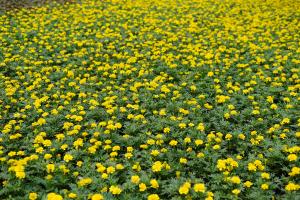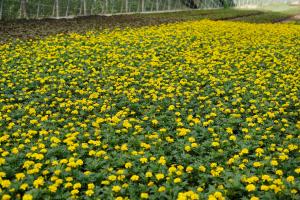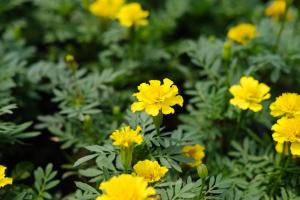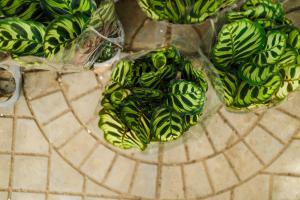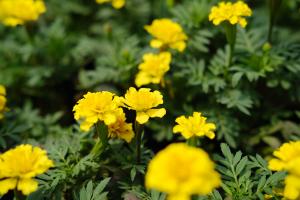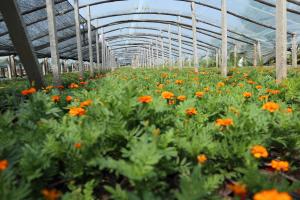1、 Cultivated soil
When breeding peacock grass bonsai, we should choose the soil suitable for plant growth, otherwise its growth will become worse. The soil with good air permeability and drainage performance is the best, which is conducive to the breathing of plant roots, so that it can grow more robust
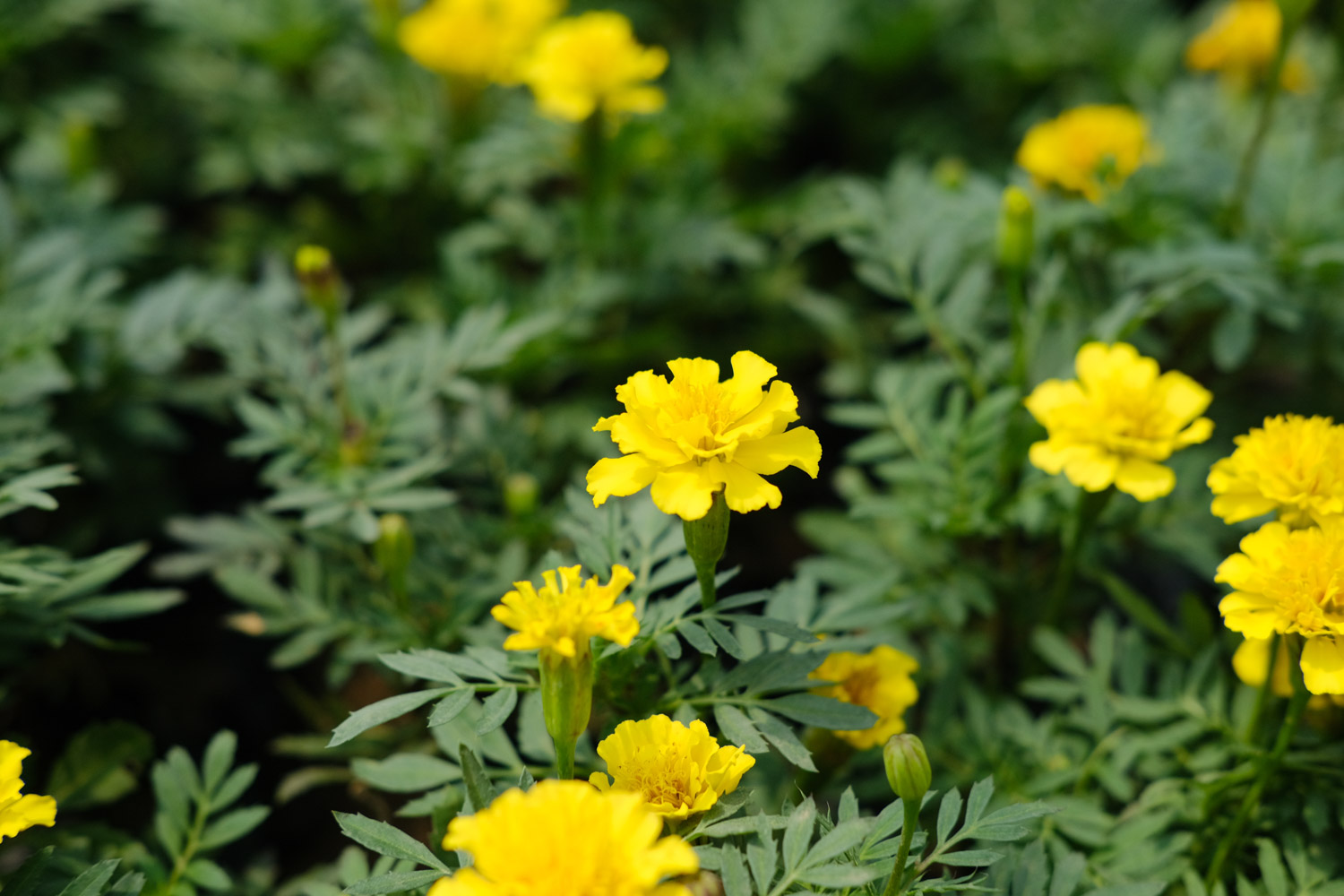
2、 Illumination
It prefers sunshine, so it needs more sunshine during the growth period in order to grow better. Ensure that when the light is sufficient, it can not only grow more luxuriant, but also blossom more, and the flower color will be more bright. However, we should pay attention to shade in summer, otherwise the strong light will burn the leaves
3、 Temperature control
The indoor temperature of breeding should be controlled in an appropriate range. The temperature suitable for its growth is 10-30 ℃, and the temperature suitable for flowering is 12-14 ℃. When the temperature gets higher in midsummer, it needs to be cooled by spraying water and opening windows. The temperature in winter should be above 5 ℃

4、 Reasonable fertilization
If you want to make peacock grass bonsai grow better, you need to add some fertilizer. When planting and changing pots for the first time, it is necessary to add some base fertilizer to the soil, and fertilize every 7-10 days during the growth period. The fertilizer should be rotten, and raw fertilizer should not be applied
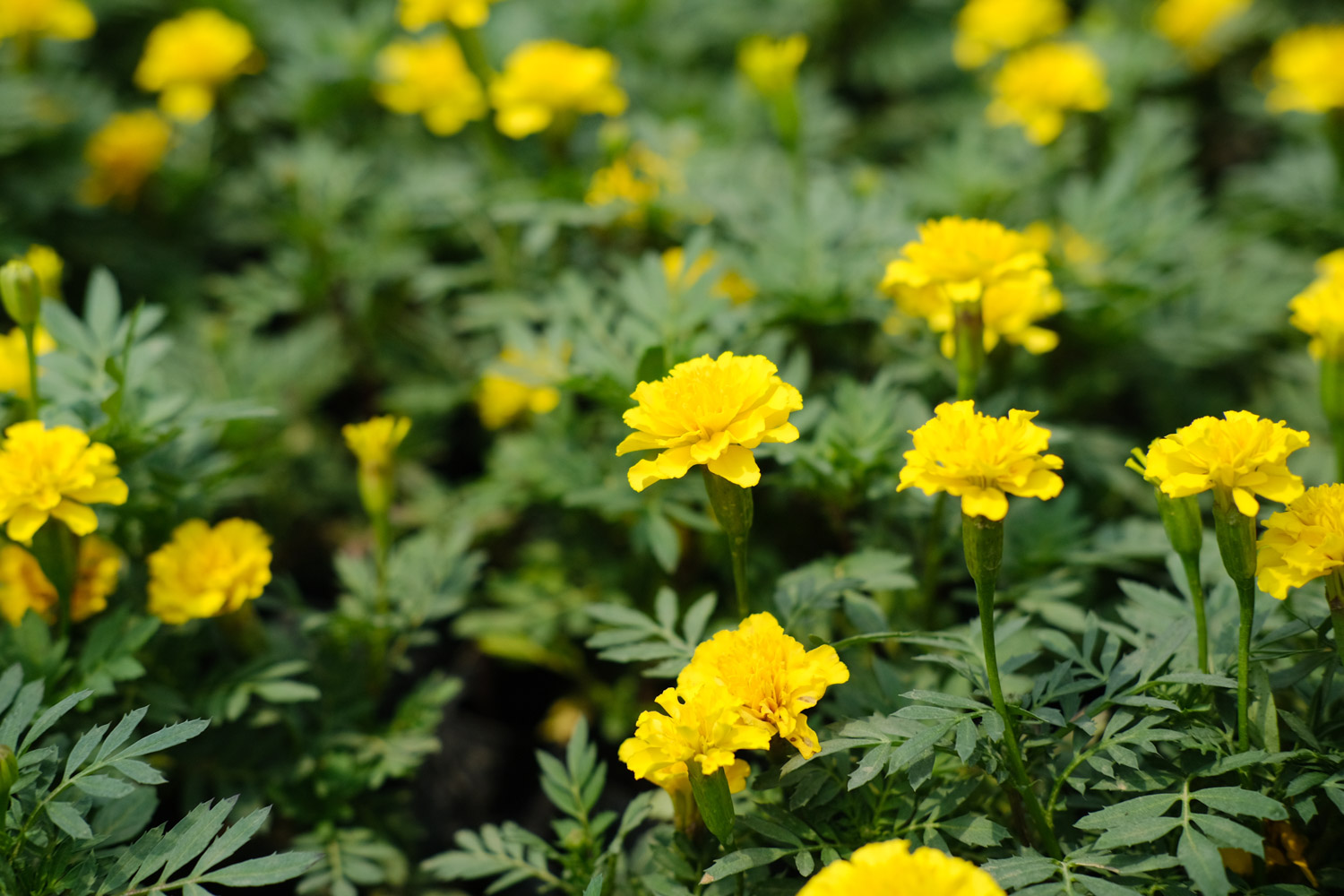

 how many times do yo...
how many times do yo... how many planted tre...
how many planted tre... how many pine trees ...
how many pine trees ... how many pecan trees...
how many pecan trees... how many plants comp...
how many plants comp... how many plants can ...
how many plants can ... how many plants and ...
how many plants and ... how many pepper plan...
how many pepper plan...